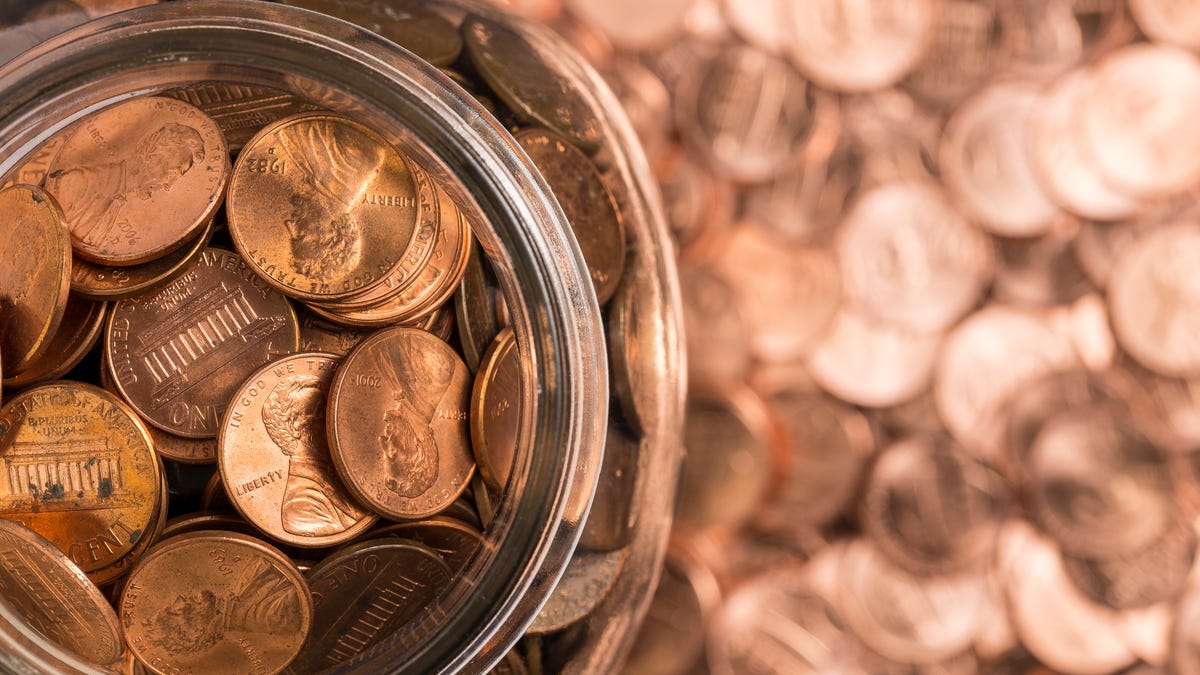For at least a century, American businesses have been using charm pricing to fool us into thinking that a $9.99 meal is much cheaper than $10. One study says the practice increases sales by 24%.
US Mint presses last penny after over 200 years
America’s last penny was struck at the U.S. Mint in Philadelphia, the end of a coin production that started in 1793 and ended Nov. 12.
Finally, one of our greatest presidents is being decoupled from one of the most annoying American scams.
It’s ironic in so many ways. For one, that it was Abraham “Honest Abe” Lincoln whose image was tied to a sleazy marketing ploy, and also that it was President Donald Trump, a serial grifter, who gave Abe relief.
Trump in February ordered the U.S. Mint to stop stamping pennies, and the production that started in 1793 ended Nov. 12. Stamping the coins cost nearly four times their value, and – let’s face it – pennies aren’t really worth the space they take up in our car cupholders.
Another upside to canceling the penny? It strikes a serious blow against “charm pricing,” which you’ve likely not heard of, but here in the United States, it’s like the air we breathe.
What is charm pricing – and does it actually work?
How much is that cup of coffee? Well, it’s $4. Wait, let me squint a little and read the smaller numbers to the right … Oh! It’s $4.99. Hold on, that’s a penny away from $5!
For at least a century, businesses have been using this tactic of “left-digit bias” to fool us into thinking that a $9.99 meal is much cheaper than $10. The practice allows businesses, according to one study, to squeeze an additional 24% out of our wallets.
Opinion alerts: Get columns from your favorite columnists + expert analysis on top issues, delivered straight to your device through the USA TODAY app. Don’t have the app? Download it for free from your app store.
To me, this seemed normal until I went to Europe in the 1990s, where my budget forced me to look into food costs. In Germany, I remember seeing prices listed in whole numbers, like four deutsche marks – without a bunch of pfennigs attached to the end.
It was a godsend for a foreigner struggling with the language and new money. There were occasions when I saw prices with numbers to the right of the decimal – but those were often in restaurants where the customer was expected to round up, offering the difference as a tip. (At Oktoberfest, servers push to have beer priced a few pfennigs above a whole deutsche mark in order to get bigger tips.)
Deceit isn’t a good long-term business practice
Charm pricing can seem trivial now that we’re using phones to tap to pay and don’t have to deal with coins clattering around in the dryer from unemptied pockets. But it’s obviously not trivial to businesses that use it. And it does get to the bigger issue of dealing in good faith.
Trying to make a profit when selling or getting a good deal when buying something is fine. But the haggling should be above board. To keep my kids in mountain bike and snowboard gear, I spend a fair amount of time buying and selling used stuff in some online spaces where there is a general understanding that being shifty is not good. No one there sells a snowboard for $99.99.
The fact that our economy seems tied to this practice is depressing. And it makes it not surprising when a failed casino developer, known for cheating workers and lying to get loans, gets elected to our highest office.
With the end of the penny, it will be tempting for sellers to just start marking things at $9.95 or $19.95. I’d ask that our businesses rethink this and remember that selling and buying things are, at their heart, about relationships. Trying to manipulate someone isn’t a good long-term business strategy, and deceit doesn’t speak to our better angels. Just ask Abe.
Joel Burgess is the Voices editor for the USA TODAY Network.
